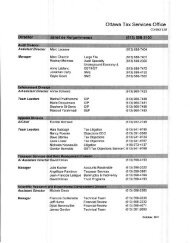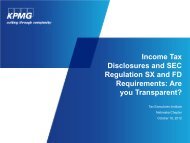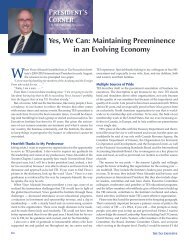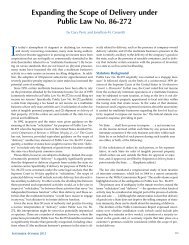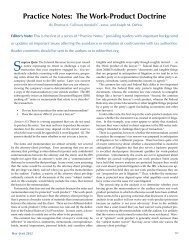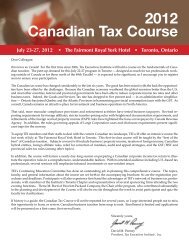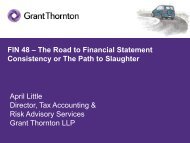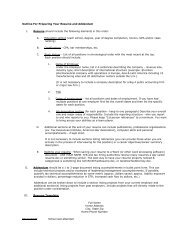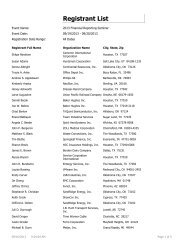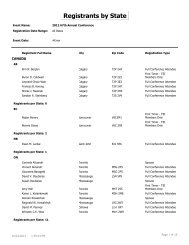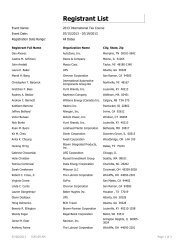KPMG PPT - Tax Executives Institute, Inc.
KPMG PPT - Tax Executives Institute, Inc.
KPMG PPT - Tax Executives Institute, Inc.
You also want an ePaper? Increase the reach of your titles
YUMPU automatically turns print PDFs into web optimized ePapers that Google loves.
PLR 201149015<br />
HC2<br />
HC1<br />
S1 S2 S3 HC2<br />
P3<br />
HC1<br />
HC2<br />
P<br />
HC1<br />
HC2<br />
S1 S2 S3<br />
S1<br />
S2<br />
S1<br />
Subs<br />
Simplified Facts:<br />
► P, the common parent of a group, owned HC1, HC1 owned HC2, and HC2 owned S1<br />
and other domestic subsidiaries, and they joined in a consolidated return.<br />
► These corporations evolved through prior consolidated groups (as depicted above).<br />
► During its existence, HC2 entered into four types of intercompany transactions in the<br />
various consolidated groups:<br />
– S1 and S2 made § 301(c)(1) distributions to HC2, in cash, property and workforce.<br />
– HC2 provided management services to S1, S2 and S3 for a fee.<br />
– S1 sold certain furniture and fixtures to HC2.<br />
► When S1's last significant asset became worthless, and S1 could not service its<br />
remaining clients, both HC2 and S1 were insolvent, and they dissolved under state law.<br />
©2012 <strong>KPMG</strong> LLP, a Delaware limited liability partnership and the U.S. member firm of the <strong>KPMG</strong> network of independent member<br />
firms affiliated with <strong>KPMG</strong> International Cooperative (“<strong>KPMG</strong> International”), a Swiss entity. All rights reserved.<br />
15



